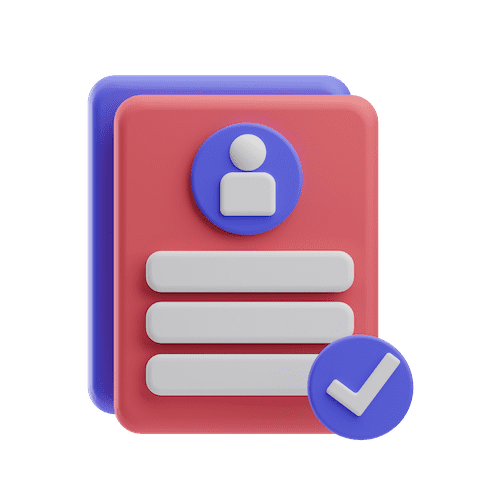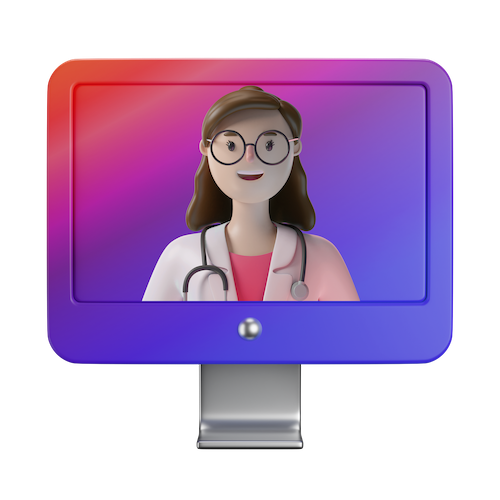Table of Contents
When Helen, a 62-year-old who farms sheep in Moura, Central Queensland, felt chest pains, the closest GP was more than 65 kilometres away. Because harvest season was under way and she had no means of transportation, she hesitated. Luckily, her daughter organized a telehealth appointment at the community centre. Helen spoke with a doctor, got a diagnosis and was sent a package of medication within 24 hours.
For people living in Australia’s bush and remote towns, this is how things are today. By connecting via telehealth, a new bridge is formed to close issues with equal access and opportunity in addition to distance. Telemedcine is helping people receive the same standard of care no matter where they live.
The Rural Healthcare Challenge
The Australian Institute of Health and Welfare estimates that approximately 28% of the population resides in country areas, still their healthcare results are poorer than those in cities.
A lack of access to primary care, specialized help and more cases of severe diseases are part of the reason for the gap. For instance, health problems are more common in rural populations and Aboriginal communities are twice as likely to suffer from them as others.
How Telehealth is Improving the Health Services of Rural Australia
Telehealth in rural Australia allows people to get medical care, consult with experts and receive treatment together, by using technology.
Improved Access: For those living far from medical centers, telehealth makes it easier to receive advice from specialists close to where they live, Lowering the time it takes to get care. In particular, it helps people who must travel a long way to reach the nearest healthcare facility.
Cost Savings: Not having to travel for consultations saves both time and money for patients and their families. Because of the expense of transportation, lodging and time lost from work, this financial aid can make a real difference.
Uninterrupted Continuity: Frequent check-ups and monitoring are easy through telehealth which improves how chronic diseases are cared for. By staying in regular contact with their healthcare team, patients can keep their health under control over the long term.
Support for Better Mental Well-Being: Due to limited options in rural and remote areas, telehealth has now changed how mental health care is delivered to Australians.With some Australians far from mental health services, telehealth helps them get advice without having to travel very far. Being accessible makes it possible to respond promptly and to continue supporting patients.
Training for Health Services Staff: Telehealth is helpful to rural healthcare workers by opening the door to more learning and professional development opportunities. Rural doctors can use telehealth to gain new knowledge, connect with others and team up with specialists, helping to improve how they serve people nearby.
Real-world Impact
Thanks to telehealth in Western Australia, rural hospitals are able to receive quick specialist advice in emergencies. In the same way, Observa Care uses both wearable technology and the nbn network to regularly check patients from home, lowering their time in hospital and making hospital stays more pleasant.
Challenges and Considerations
Although telemedicine is helpful in several ways, a few troubles still exist.
- It is essential to have a fast and dependable internet. Even now, some remote parts don’t have enough bandwidth to make telehealth services reliable.
- Ensuring families and communities from Aboriginal backgrounds receive suitable care requires training health workers who belong to those communities.
- If necessary, face-to-face appointments must still be used, even if telehealth is being integrated along with them.
- Not all patients are skilled with modern healthcare technology which can block their access to telehealth services.
- There are cultural barriers such as doubt in remote healthcare solutions and a wish for personal, in-office visits by patients, that prevent many from using telehealth.
Technological Infrastructure
For telehealth to succeed, the infrastructure needs to be well developed. NBN has made a big difference to the way rural areas in Australia connect to the world.
What’s more, wearable technology allows doctors to check patients’ vital signs as they change and respond quickly.
Case Studies
- Observa Care in Armidale: The Observa Care began during the COVID-19 pandemic and uses both wearable devices and the NBN to check on patients from afar. By having patients treated at home, visits to the hospital were reduced and their recovery was more pleasant.
- As a new effort, Wildu Aero uses drones powered by hydrogen to deliver medical supplies quickly to hard-to-reach regions in need of medical care.
Policy and Government Initiatives
Noticing the value of telehealth, the Australian government has introduced treatments to aid its development.
- Telehealth Item Numbers for Medicare: They enable patients to receive payment for telehealth services, so they can use them with greater ease.
- Rural communities are receiving investment in internet connections to guarantee the digital foundation necessary for telehealth.
Future of Telehealth in Rural Australia
The use of advanced healthcare technology in Australia is rising and AI and machine learning will improve services even further. Together, these two technologies can help identify medical problems early and help plan treatment for patients.
As new technologies are developed, using telehealth will only become more important in rural healthcare.
Final Thoughts
If you live in rural or remote Australia, telehealth isn’t just a convenience -it’s a game-changer. Imagine seeing a GP or specialist without taking a day off work or driving hundreds of kilometres. Think about the peace of mind that comes from managing chronic conditions with real-time monitoring, right from your living room.
Telemedicine reduces out-of-pocket expenses, cuts waiting times, and gives you access to expert care -no matter where you are. With Medicare support and ongoing tech innovation, this isn’t a distant vision. It’s here, it’s working, and it’s made for you. Now’s the time to embrace it.
Take the first step -book your telehealth appointment today and get care without leaving home.
Reference:
- Rural and remote health. (n.d.). Australian Institute of Health and Welfare.
https://www.aihw.gov.au/reports/rural-remote-australians/rural-and-remote-health - Mathew, S., Fitts, M. S., Liddle, Z., Bourke, L., Campbell, N., Murakami-Gold, L., Russell, D. J., Humphreys, J. S., Mullholand, E., Zhao, Y., Jones, M. P., Boffa, J., Ramjan, M., Tangey, A., Schultz, R., & Wakerman, J. (2023). Telehealth in remote Australia: a supplementary tool or an alternative model of care replacing face-to-face consultations? BMC Health Services Research, 23(1).
https://doi.org/10.1186/s12913-023-09265-2 - Toll, K., Robinson, S., Andrew, S., Williams, A., Yeung, J., Varhol, R., & Moullin, J. C. (2025). Implementation of rural provider-to-provider telehealth in country Western Australia: a retrospective observational analysis via the RE-AIM framework. BMC Health Services Research, 25(1).
https://doi.org/10.1186/s12913-025-12335-2 - Remote health a boost for rural medicine. (2024, August 26). Dailytelegraph.
https://www.dailytelegraph.com.au/bush-summit/monitoring-patients-remotely-to-improve-health-outcomes-in-regional-areas/news-story/93053eb322acadeb71d871ec9be841c2 - Massive medical change for 7.3m Aussies. (2024, April 30). News.
https://www.news.com.au/technology/innovation/inventions/worldfirst-gp-drone-in-rural-and-remote-australia/news-story/dbdbe46b05ff66fdcb6560828f06fb9b














